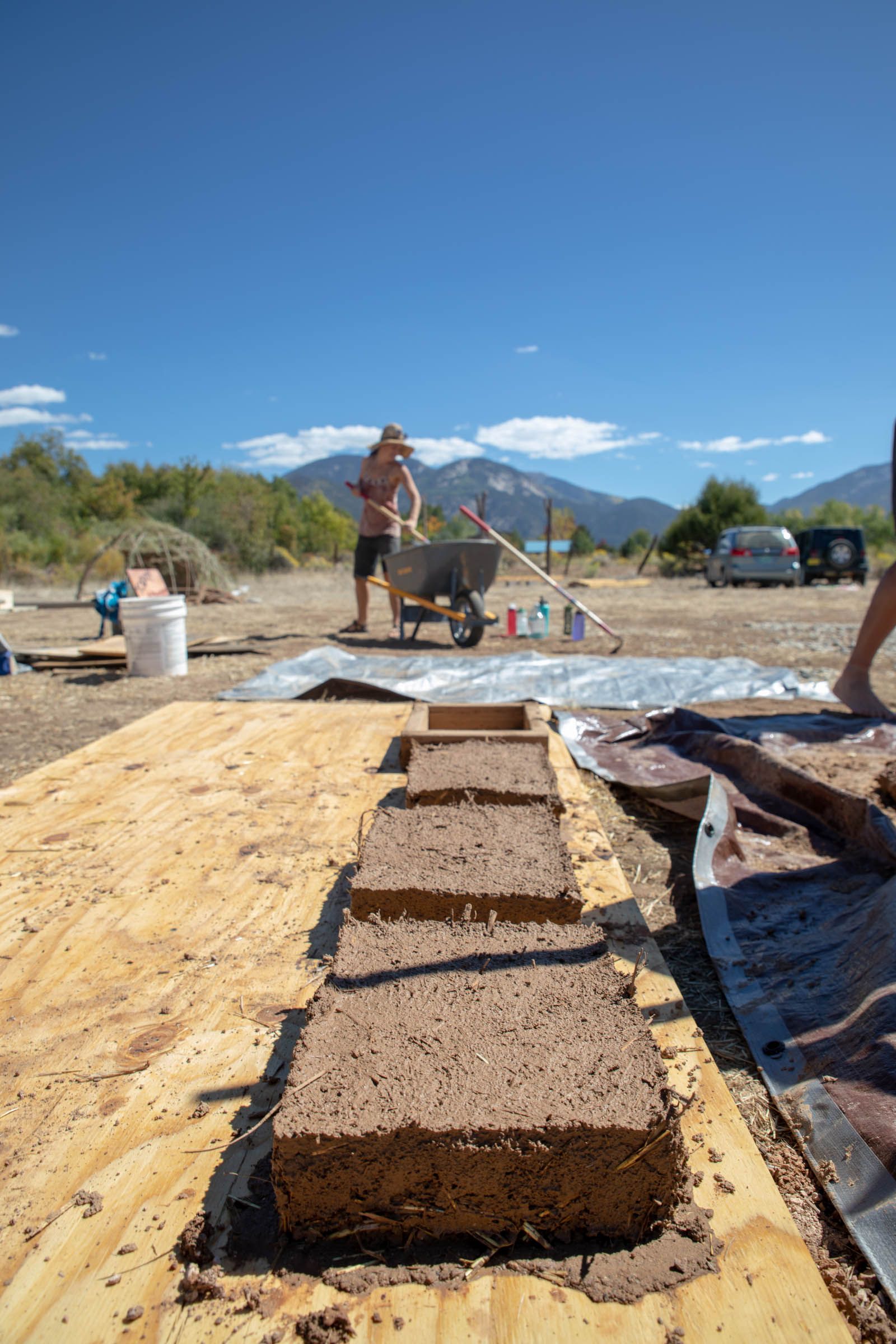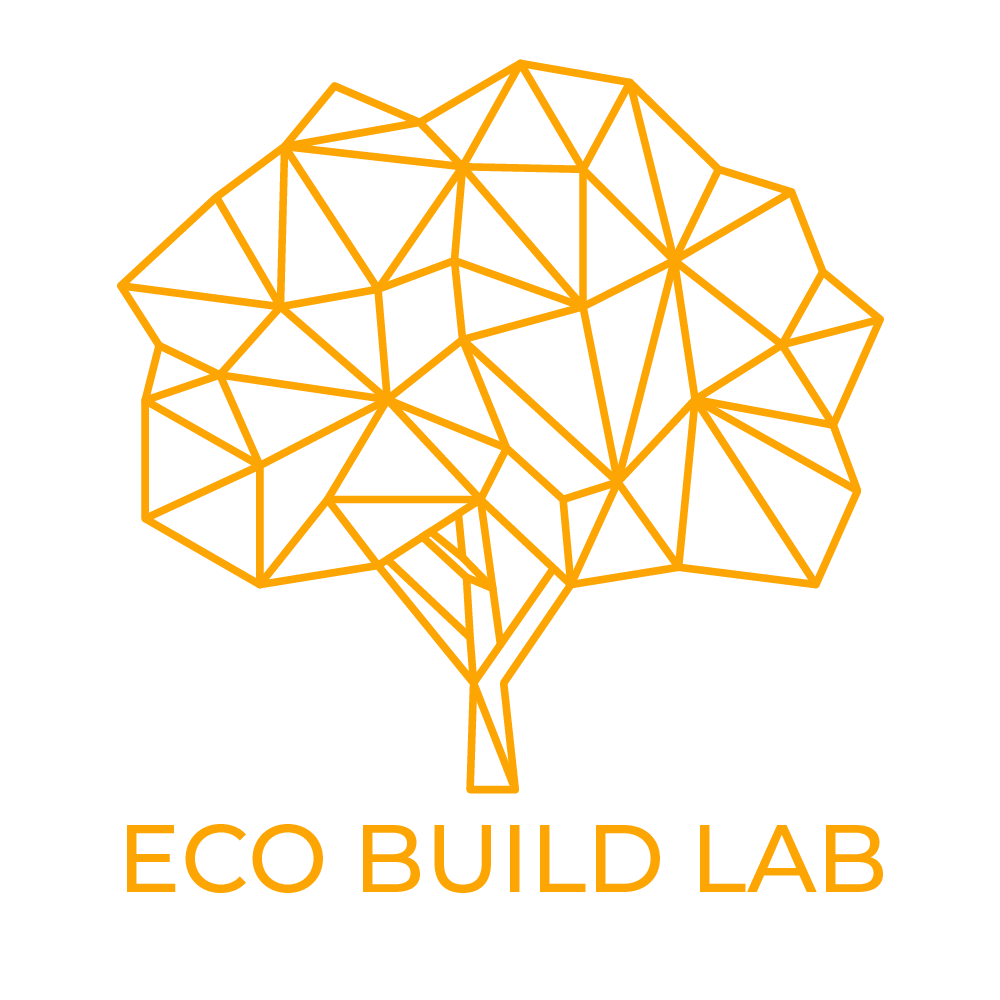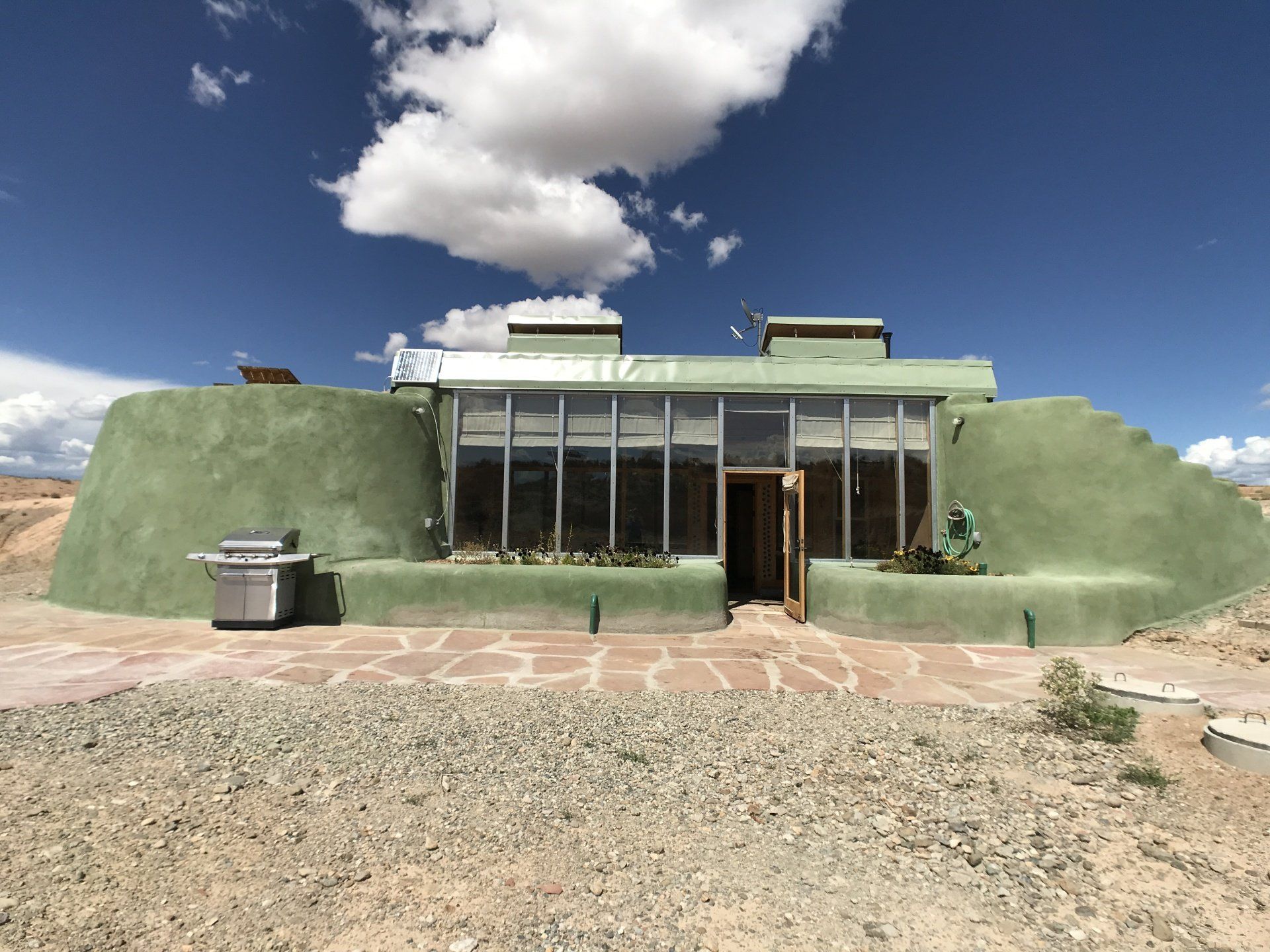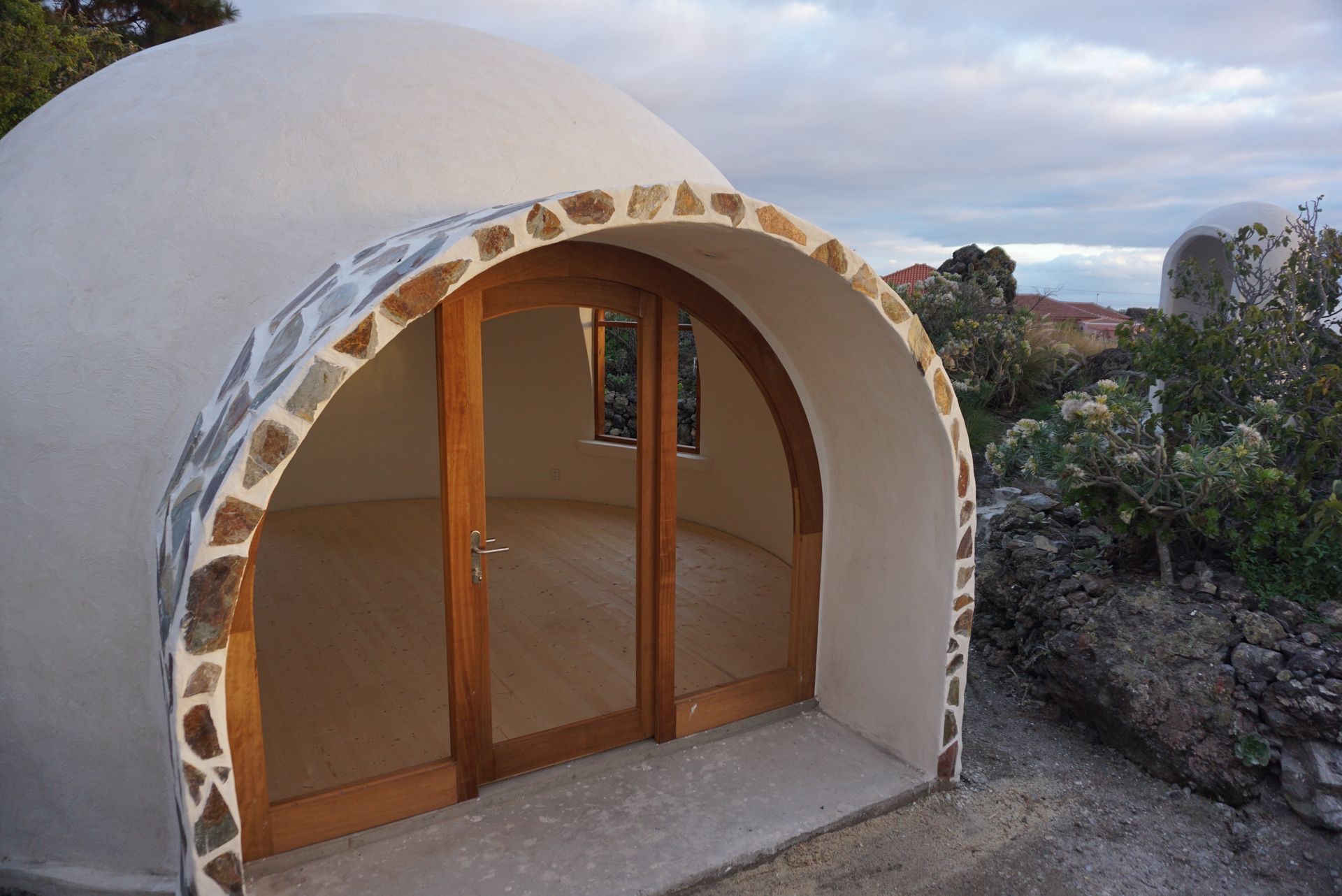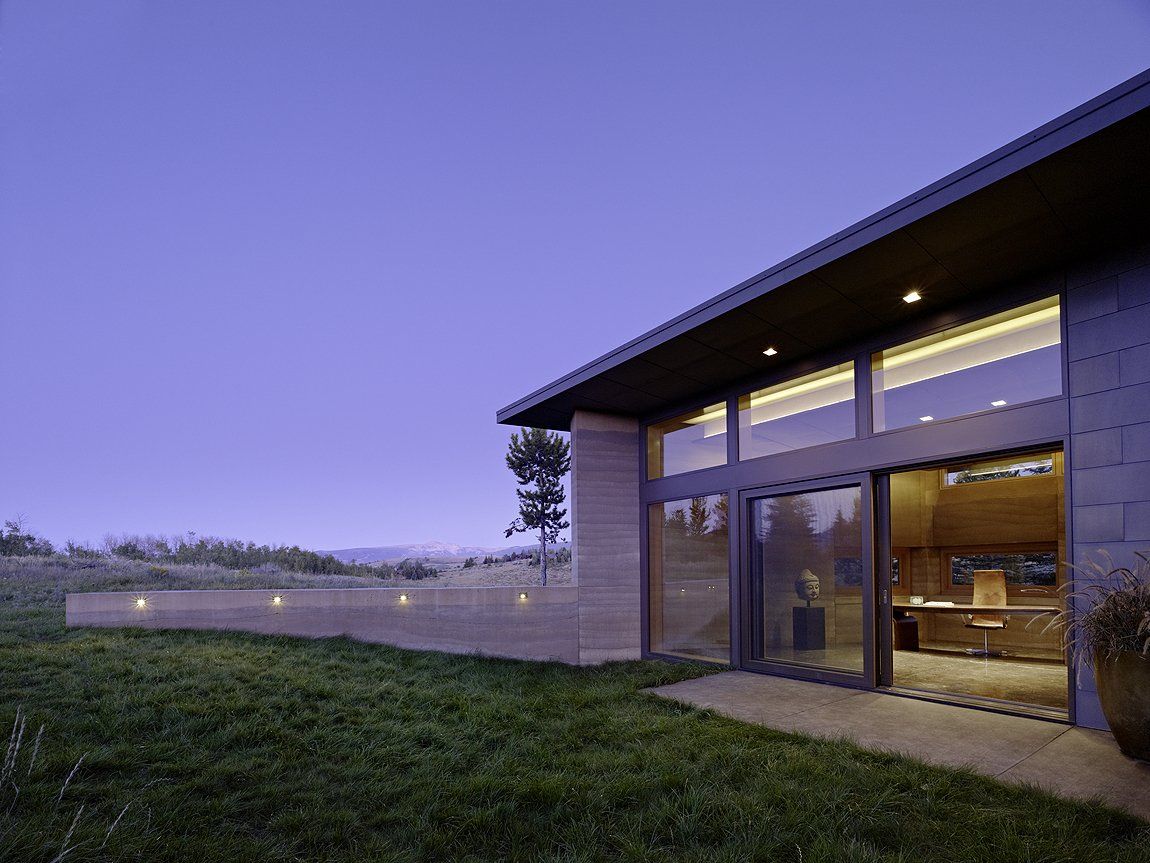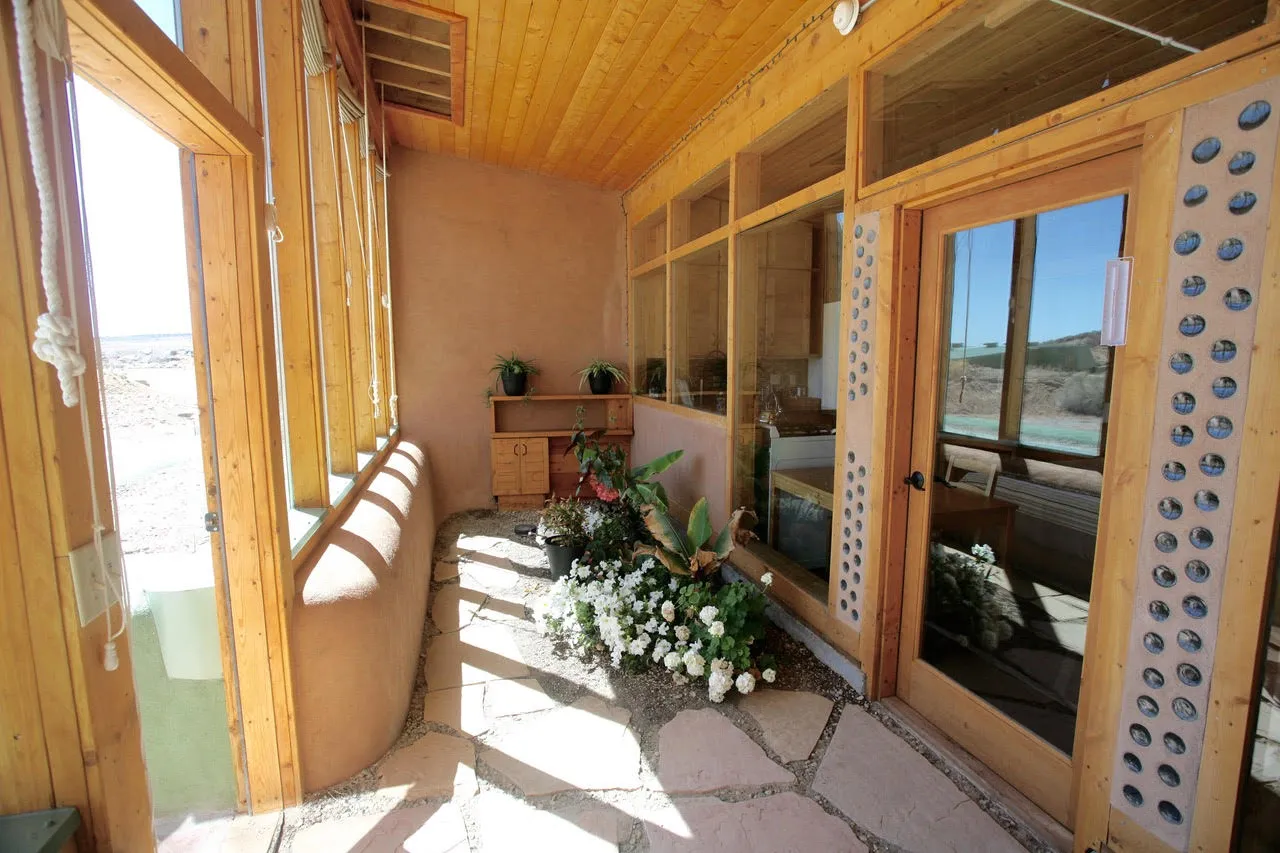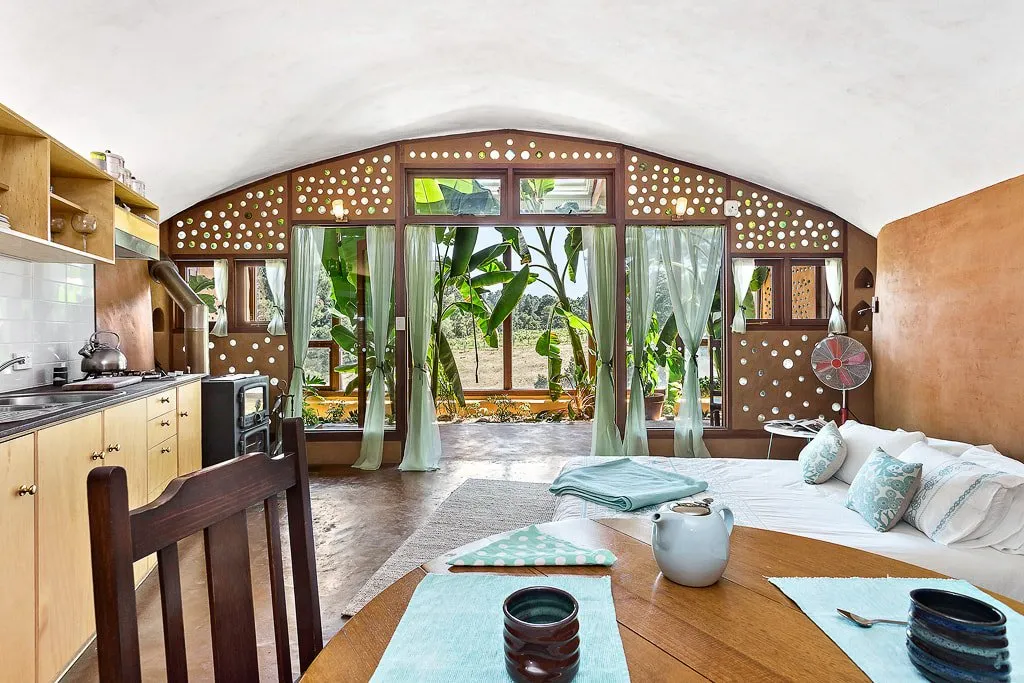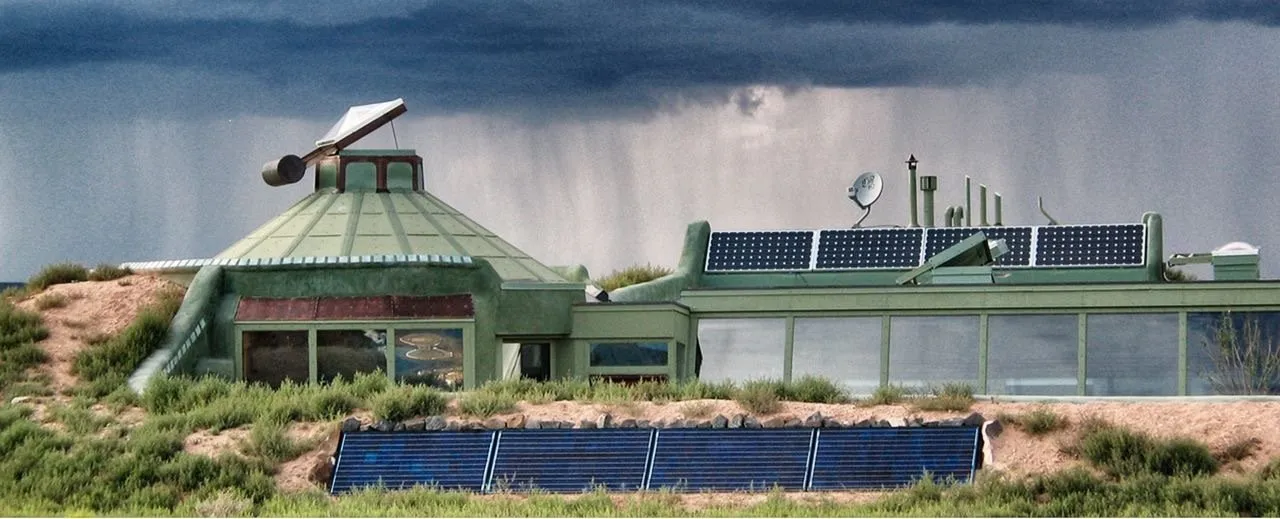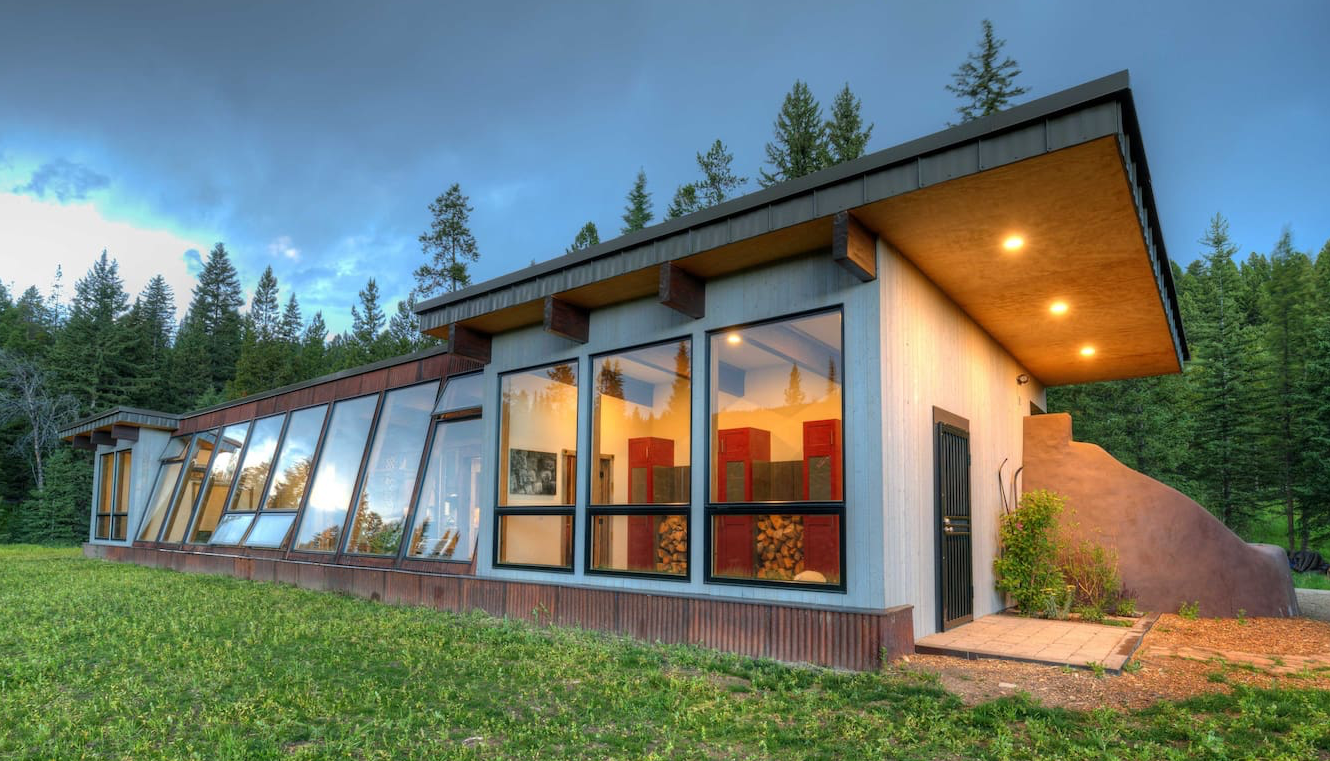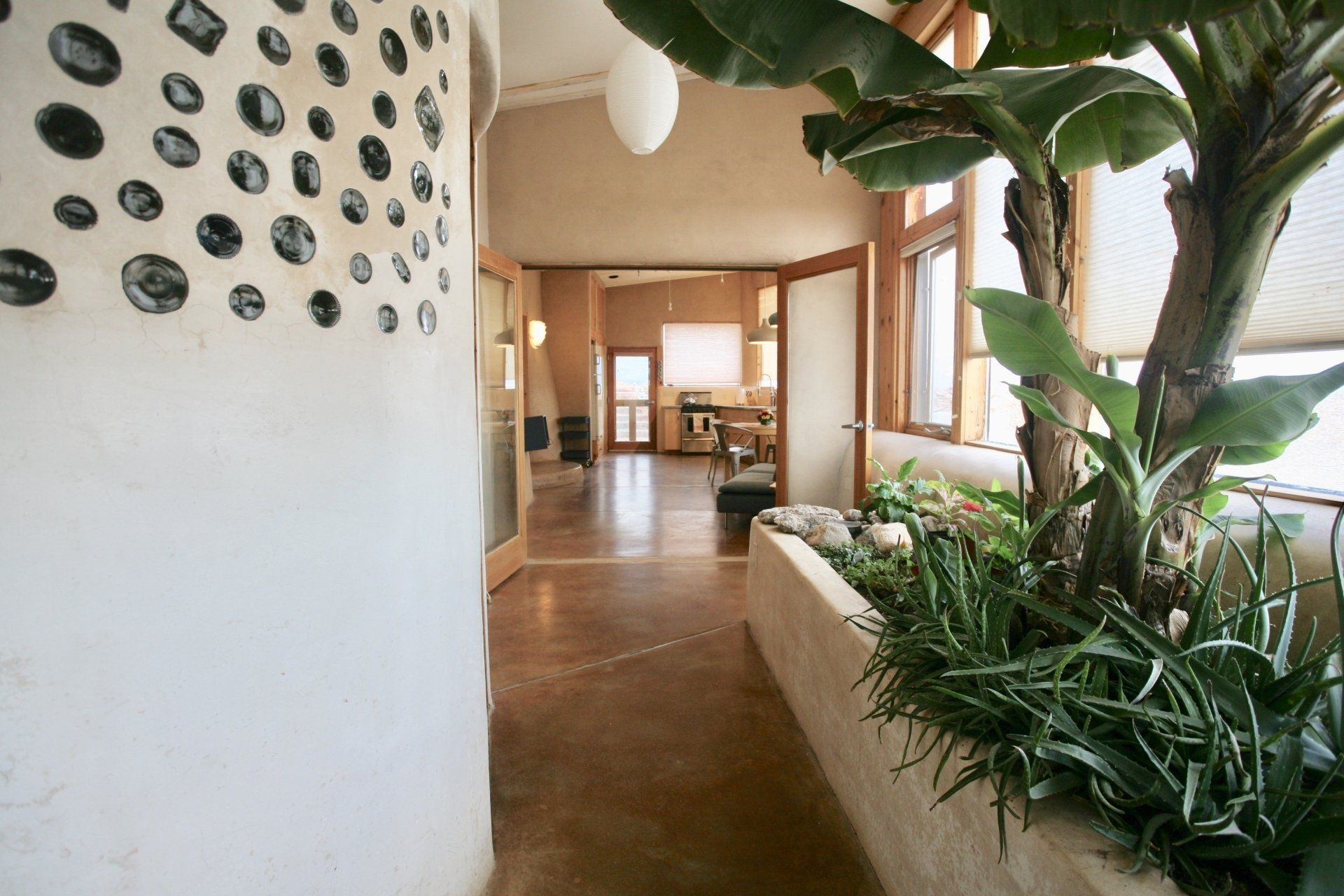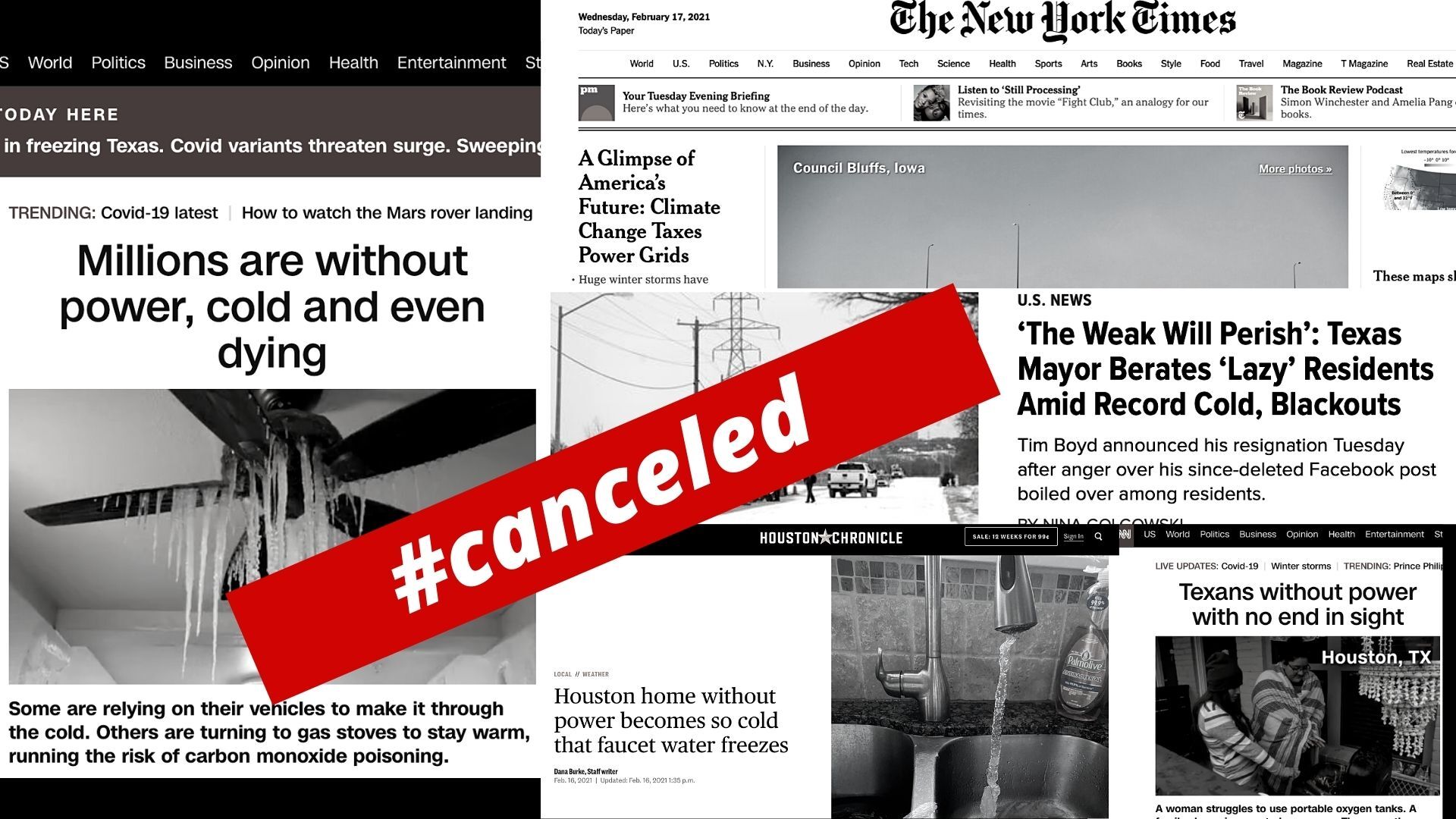Thoughts on The IPCC Report and the UN’s desperate call for carbon-zero housing
Hi, I'm Ashton, co-founder of Eco Living Matrix and this is our first Blog Post!
Kirsten and I were hoping that our first blog post could be kind of a casual hello, and this is what we’re doing, here's some cool stuff, etc. But unfortunately, we don’t have time for the casual, funny banter. We just read the IPCC Report. Most of you probably know this Report contains some pretty grim predictions for our future. If you haven’t read it yet, or don’t know what I’m talking about, please check out the links below and come back to us.
Building Green, Urgent: Zero-Carbon Buildings Needed
FOURTH NATIONAL CLIMATE ASSESSMENTVolume II: Impacts, Risks, and Adaptation in the United States
The New York Times,
Major Climate Report Describes a Strong Risk of Crisis as Early as 2040
New York Intellegencer,
UN Says Climate Genocide Is Coming. It’s Actually Worse Than That
Huff Post , New UN Climate Report Dims Hope For Averting Catastrophic Global Warming
Basically, we are running out of time. The report states that we have 12 years (probably more like 10 to be safe) to completely change the way we are living and building on this planet. If we fail to make these changes, we will take climate change past the point of no return. This will cause incalculable damage to our environment, our economy, and our species (as well as every other species). Already, we are seeing MASSIVE devastation from wildfires, hurricanes, flooding, tornadoes, and earthquakes, and it’s only going to get worse. We are at a crossroads. Do we continue to burn fossil fuels until we bring about our own extinction? OR do we make the changes we need to make? Do we take responsibility and choose another path?
I know it sounds cliché, but there are a lot of things each of us can do individually to make a difference. Here’s a great video that describes those things:
https://www.youtube.com/watch?v=Q48BvprCFr0
BUT these changes will only account for 40% of the overall goals we need to meet (and that’s if we all make them). SO, we need government involvement, we need policy change, and we need individuals to organize and demand these changes. BIG Oil and BIG Water are coming for our resources. They are coming to pollute and destroy because our current market demands that they do. Humans invented these markets, we invented money and the profit motive. These things aren’t real in the natural world. What’s worse is that hey are ruining our real world habitat and the things we NEED to survive: clean water, clean air and good soil. WE invented these greedy government and monetary systems. WE can invent something better!
Kirsten and I are choosing to not be depressed or worry about where we are heading. I hope you will join us in advocating for a greener future. It’s going to be a lot of work. To get started, here are some links to organizations we think are heading in the right direction:
The UN is calling for sustainable housing and retrofitting of existing buildings with green-energy solutions. To achieve this, they will need architects, engineers, and journeyman that know how these systems work and how to install them. Kirsten and I plan on helping them meet this challenge by educating these individuals in sustainable and off-the-grid systems and principles.
Unlike other builders, we are not advocating for just one type of sustainable building. We are advocating for all! Right now, we have the knowledge, spread across many ancient and modern building techniques, to be able to prescribe different building solutions for different areas and budgets. In some areas, a simple yurt or platform on the beach with some water catchment and simple solar system will work well. In other areas a Rastra block, Pumice-crete, Earthship or Earthbag building envelope might be called for. In a commercial structure, geothermal heating and cooling along with water catchment, solar and wind power might be be the answer to a successful retrofit. The point is, there is not just one answer. There will always be different answers depending on the circumstances. We are proposing a sort of eco à la carte training that will act as a kind of green tool kit that each professional or individual homeowner will be able to pull from to make the best decisions on their projects (whether that be retrofitting an existing structure, or building new from the ground up).
Kirsten and I have been busy researching the best way to bring our school into existence. We are excited to say that we are making progress on this front! We just recently toured a structure we think could be the perfect location for our first campus! We are also planning on a couple of trips this year where we will travel to build. We will be documenting these trips and hope you will follow us on this journey.
We are going to needs everyone’s help. We ask that you please get in touch with us if you would like to volunteer or get involved, or if you have any information on new building types we need to research, or new green innovations we should be incorporating into our designs. We will not be a top-down school. We envision building a collaborative environment where we can all learn from each other to solve some of the world’s most pressing problems. Really, it’s now or never. Let’s UNITE!
SUBSCRIBE
